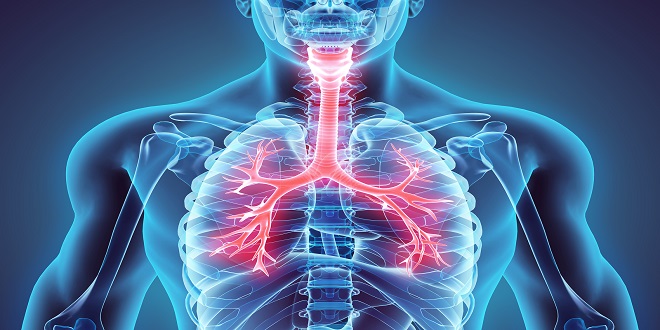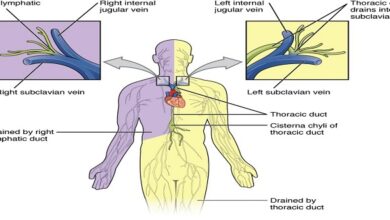Gas Transport & pH in the Lung

Introduction
The partial pressure gradients for O2 and CO2, emphasize that they are the key to gas movement and that O2 “flows downhill” from the air through the alveoli and blood into the tissues, whereas CO2 “flows downhill” from the tissues to the alveoli. However, the amount of both of these gases transported to and from the tissues would be grossly inadequate if it were not that about 99% of the O2 that dissolves in the blood combines with the O2- carrying protein hemoglobin and that about 94.5% of the CO2 that dissolves enters into a series of reversible chemical reactions that convert it into other compounds.
Reaction of hemoglobin & oxygen
The dynamics of the reaction of hemoglobin with O2 make it a particularly suitable O2 carrier. Hemoglobin is a protein made up of four subunits, each of which contains a heme moiety attached to a polypeptide chain. In normal adults, most of the hemoglobin molecules contain two α and two β chains. Heme is a porphyrin ring complex that includes one atom of ferrous iron. Each of the four iron atoms in hemoglobin can reversibly bind one O2 molecule. The iron stays in the ferrous state, so that the reaction is oxygenation, not oxidation. It has been customary to write the reaction of hemoglobin with O2 as Hb + O2 ← → HbO2. Because it contains four deoxyhemoglobin (Hb) units, the hemoglobin molecule can also be represented as Hb4, and it actually reacts with four molecules of O2 to form Hb4O8.
Factors affecting the affinity of hemoglobin for oxygen
Three important conditions affect the oxygen–hemoglobin dissociation curve: the pH, the temperature, and the concentration of 2,3-biphosphoglycerate. A rise in temperature or a fall in pH shifts the curve to the right. When the curve is shifted in this direction, a higher PO2 is required for hemoglobin to bind a given amount of O2. Conversely, a fall in temperature or a rise in pH shifts the curve to the left, and a lower PO2 is required to bind a given amount of O2. A convenient index for comparison of such shifts is the P50, the PO2 at which hemoglobin is half saturated with O2. The higher the P50, the lower the affinity of hemoglobin for O2.
Myoglobin
Myoglobin is an iron-containing pigment found in skeletal muscle. It resembles hemoglobin but binds 1 rather than 4 mol of O2 per mole. Its dissociation curve is a rectangular hyperbola rather than a sigmoid curve. Because its curve is to the left of the hemoglobin curve, it takes up O2 from hemoglobin in the blood. It releases O2 only at low PO2 values, but the PO2 in exercising muscle is close to zero. The myoglobin content is greatest in muscles specialized for sustained contraction. The muscle blood supply is compressed during such contractions, and myoglobin may provide O2 when blood flow is cut off.
Summary
Partial pressure differences between air and blood for O2 and CO2 dictate a net flow of O2 into the blood and CO2 out of the blood in the pulmonary system. However, this flow is greatly enhanced by the ability for hemoglobin to bind O2 and chemical reactions that increase CO2 in the blood.




